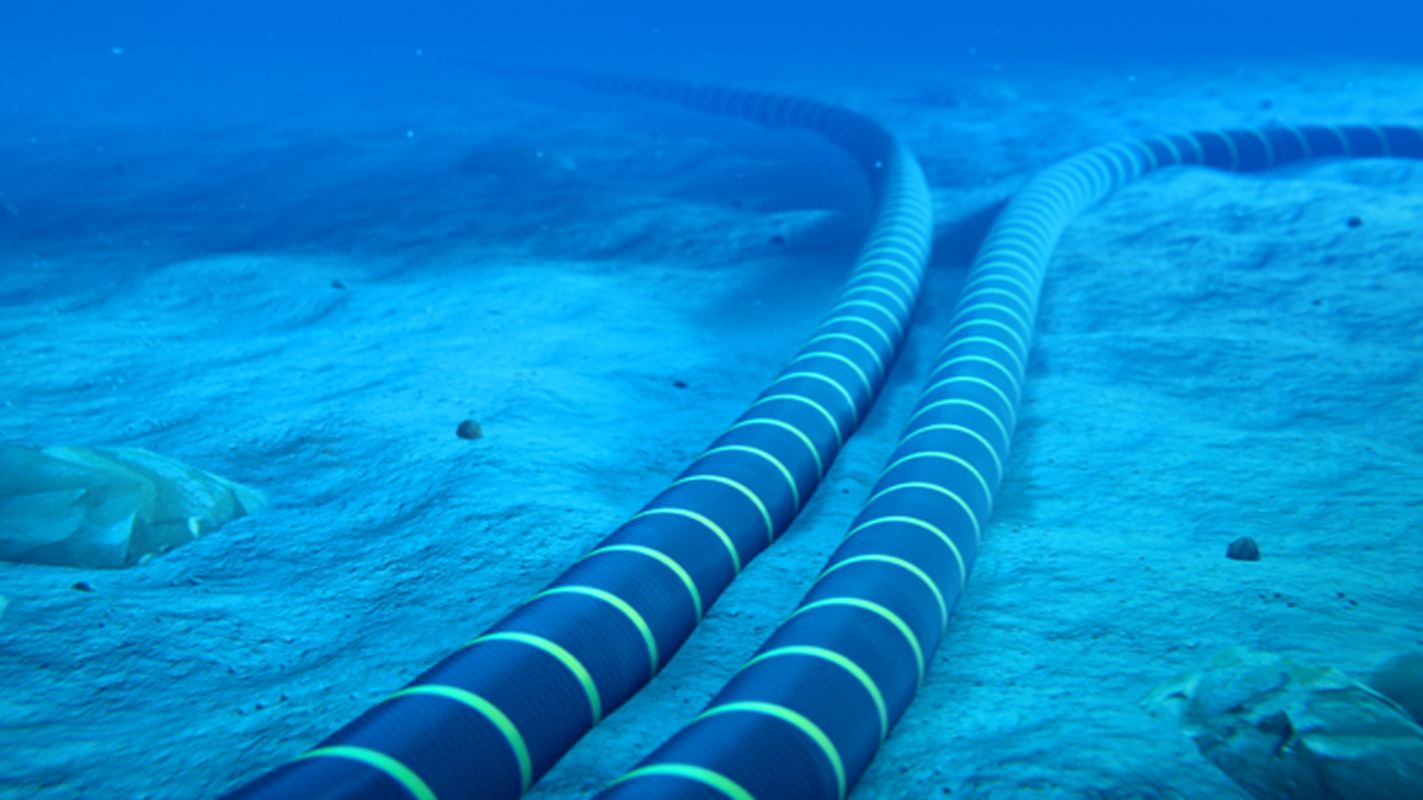
Independent global network services provider RETN says its network diagnostics show that the February 2024 cable cuts in the Red Sea, initially reported to have affected 25% of data traffic between Europe and Asia, caused far more disruption than originally estimated.
The company’s own network diagnostics, combined with customer feedback from major ISPs in Southeast Asia, reveal the level of disruption was closer to 70%, it said in a newly released report, “Building the Networks of Tomorrow: Engineering Reliability for Long-Term Success,” underscoring the urgent need for a more resilient global network infrastructure.
“We are at a critical point where the current network infrastructure is not equipped to meet the demands of an increasingly interconnected world,” RETN CEO Tony O’Sullivan said in the report.
He pointed to geopolitical events such as the ongoing instability in the Red Sea and the Strait of Malacca, natural disasters, and cybersecurity threats as factors that could lead to significant risks for global networks.
The cable cuts in these regions revealed the danger of relying on single points of failure for critical data traffic, making it clear that diversified network routes are essential to avoid widespread disruption.
“Entire countries could face digital isolation if the one or two cables connecting them are damaged,” he said in the report.
A call for resilient networks
O’Sullivan stressed that long-term investments are essential to ensure network resilience.
“It’s primarily about ensuring you have sufficient diverse paths and that you have a network architecture which allows for rapid scaling in the event of long-term outages on individual routes,” he explained. “Also, a case of capacity planning and making sure you are not running your network at the limit constantly.”
According to O’Sullivan, the industry’s focus on cost-saving and short-term thinking has left it vulnerable. He criticized the reliance on just two or three ultra-high capacity cables driven by over-the-top (OTT) providers such as major tech companies, which have different network requirements from traditional telecom providers.
This limited diversity in infrastructure has increased the risk of widespread disruptions, he added.
To mitigate these vulnerabilities, RETN has itself increased the number of network routes it uses, especially in regions facing higher geopolitical risks, such as the Red Sea and South-East Asia.
“We are increasing the number of network routes into all territories, but with a specific focus on those where risks are higher,” he said.
According to O’Sullivan, the company’s strategy focuses not only on expanding subsea cable systems but also investing heavily in terrestrial routes. “Where possible, we also invest heavily in terrestrial as well as subsea paths, even though there is an incremental cost to it, as we are focused on network performance first, not price.”
The company is also considering a diversified network strategy that is designed to enhance network resilience by ensuring that traffic can be rerouted efficiently during disruptions. “We are also considering not just path diversity in the sense of ‘those 2 paths are different’ but also that they ideally pass through different regions with different risk profiles,” he added.
More on subsea cables:
- Google unveils $1B plan for subsea cables to Japan
- How vulnerable are the internet’s undersea cables?
- The Incredible International Submarine Cable Systems
>
Remember to like our facebook and our twitter @WindowsMode for a chance to win a free Surface Pro every month!
Discover more from Windows Mode
Subscribe to get the latest posts sent to your email.















